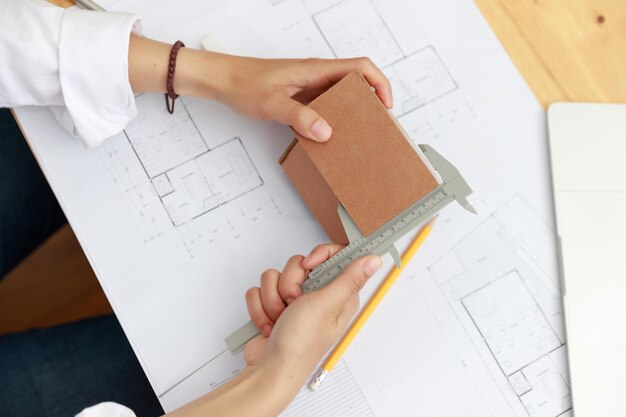Unlock the Secrets of Calculating Roof Square Footage
When it comes to home improvement projects, understanding how to calculate roof square footage is an essential skill that can save you both time and money. Whether you’re preparing for a new roof installation or just estimating repairs, knowing the exact dimensions of your roof ensures you have the right amount of materials.
Understanding Roof Types and Geometry
Before you dive into measurements, it’s crucial to know your roof type. Roofs come in various shapes—gable, hip, mansard, or flat. Each has unique measurement needs. For a flat roof, the calculation is straightforward, often just length multiplied by width. However, if you have a gable or hip roof, things get a bit more complex.
How To Measure for Gable and Hip Roofs
Start with the Ground: Measure the length and width of your home. This can be done with a tape measure. For precision, ensure someone assists you to hold one end while you measure in a straight line.
Add the Overhangs: Roofs often extend beyond the walls of the house. Measure the overhang separately and add that to your previous length and width.
Calculate the Slope: Roofs aren’t flat, and the slope adds to the overall area. The roof's slope or pitch can be calculated by measuring the rise over a 12-inch run. For example, a 6/12 pitch means the roof rises 6 inches over 12 horizontal inches.
Apply the Pitch Factor: To find the total roof square footage, multiply the flat roof area by the pitch factor. Every pitch has a corresponding factor - a 6/12 pitch has a factor of 1.12. Multiply your flat surface area by this factor to get the true roof area.
Practical Example: If your house is 30 feet long and 20 feet wide and has a 6/12 pitch, your total area is (30x20) x 1.12 = 672 square feet.
Estimate Materials Efficiently
Once you know the square footage, you’re ready to estimate material needs. Generally, roofing materials like shingles are priced by the "square," covering 100 square feet. If your roof is 672 square feet, you'd need about 7 squares of shingles, accounting for waste and overlaps.
Beyond Roofing: Financial Aids and Grants
Having an accurate estimate helps more than just in calculations. It’s also a stepping stone to accessing financial resources. Many government programs and financial aid options are designed to support homeowners in managing roofing expenses and other home improvements. Here are some key highlights:
Energy Efficiency Grants: Programs like the Weatherization Assistance Program can help cover the costs of improving your roof for better energy efficiency.
Federal Housing Administration (FHA) Loans: These loans provide funds specifically for home improvement projects, including roof repairs.
State-Specific Programs: Many states offer programs for home repairs and improvements to promote sustainable living. Check with your local government for options in your area.
No-Interest Payment Plans: Many roofing companies offer special financing, allowing you to pay over time without accruing interest.
Discovering these opportunities can profoundly impact your financial management when undertaking roof-related projects. Accurately calculating your roof's square footage is just the first step towards a successful home improvement journey.
Explore Financial Assistance Options 🏠
- Energy Efficiency Grants 🌿
- FHA Home Improvement Loans 🏦
- Local Government Aid 🌐
- No-Interest Company Financing 💳
